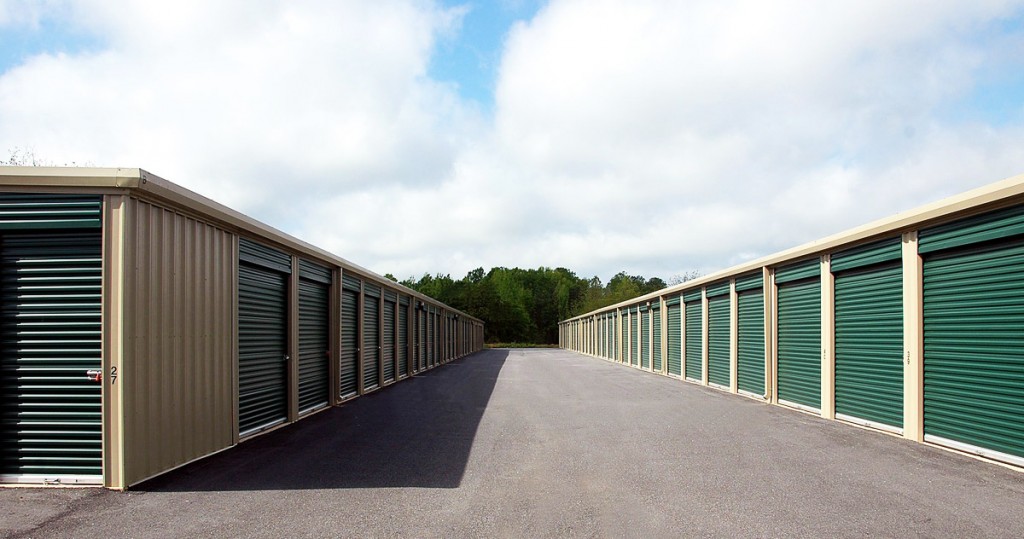Other commercial real estate submarkets tend to get flashy headlines and press coverage. Take warehousing, whose strong growth is the talk of real estate investors. However, savvy investors are taking more notice of one particular industrial submarket: self-storage. Its investment prospects have quietly performed well for an extended time period, and its positive fundamentals indicate it shows little sign of slowing down. If you’re considering entering the self-storage investment space, here’s what you need to know.
1) The Revenues
The self-storage industry generated an annual revenue of $38 billion. In 2016, self-storage REITs ranked third for returns. A self-storage facility requires 45 percent occupancy rate to break even, claims Forbes. According to one source, a 10×10 unit in the San Francisco-Oakland-Fremont metropolitan area averaged $160 per month.
2) The Tenants
Around 9 percent of households rent a self-storage space, with a nationwide average cost of $87.15. Of course, all markets vary, as do unit sizes and types. Around 52 percent of renters stay for a year or more while 13 percent rented a space for less than three months.
3) The Facilities
Around 2.3 billion sqft of self-storage space is available in the US. The exact number of facilities range between 44,000-52,000, depending on how you define self-storage. The average single facility operates on 2.5-5 acres with around 46,000 sqft of rentable space. The average number of units per facility is around 540 units, of which between 87-90 percent are typically occupied. Facility amenities vary. Climate-controlled units commanding higher rents and increased operating costs.
4) The Competition
The six largest public storage companies own around 18% of self-storage facilities. The big three are Public Storage, with over 2,300 locations, Extra Space with over 1,300 locations, and Sovran, with over 550 locations. The next 8 percent are owned by the next top 100 operators, excluding REITs, while the vast majority belong to small operators.
5) The Prospects
Self-storage tends to perform well regardless of the economy. In the last recession, the National Association of REITs reports self-storage had a positive total return of 5 percent in 2008. Years later, well into recovery in 2015, self-storage reported an increase of 40%, compared to equity REIT gains of 2.8 percent.
6) The Challenges
While a self-storage facility may have reduced maintenance costs and less tenant contact, they do tend to have high turnover. Some estimate 7-8 percent of customers vacate units every month. Keeping units filled and rent paid on time is an essential component to self-storage success. Don’t underestimate clean facilities and curb appeal.

